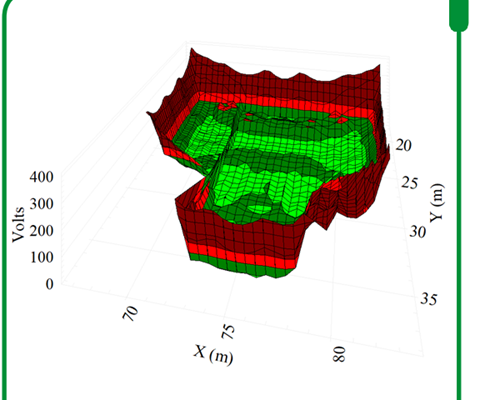Ground Grid Analysis
Since the early days of the electric power industry, the safety of personnel in and around electric power installations has been a primary concern. With ever increasing fault current levels in today’s interconnected power systems, there is renewed emphasis on safety. The safety of personnel is compromised by the rise in the ground potential of grounded structures during unbalanced electric power faults. At such times, humans touching grounded structures can be subjected to high voltages. However, the magnitude and duration of the electric current conducted through the human body should not be sufficient to cause ventricular fibrillation.
Years of research on the effects of electric current on the human body have lead to the development of standards of permissible values to avoid electrocution. Following methods of computation is used for ground grid analysis:
- FEM - Finite Element Method
- IEEE 80-2000/2013
- IEEE 665-1995
Following calculations are made in ground grid analysis:
- The Maximum Allowable Current for specified conductors
- HThe Step and Touch potentials for any rectangular/triangular/L-shaped/T-shaped configuration of a ground grid, with or without ground rods
- The tolerable Step and Mesh potentials and compares them with actual, calculated Step and Mesh potentials
- The Ground Resistance and Ground Potential rise (GPR)


